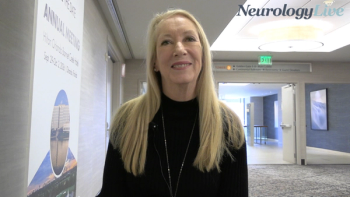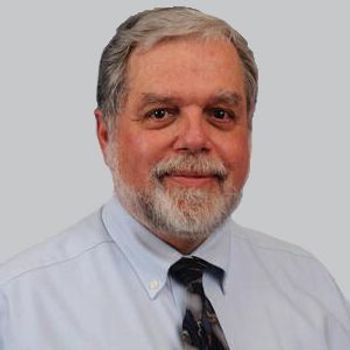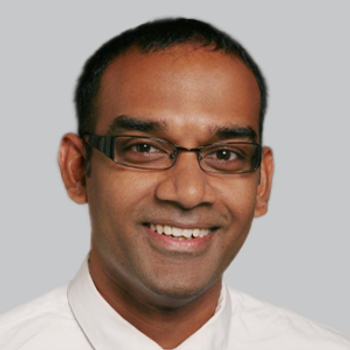
Survey Highlights Patients’ Need for Support in Adapting to Life in Narcolepsy or Idiopathic Hypersomnia
Key Takeaways
- A significant portion of patients with narcolepsy or idiopathic hypersomnia lack social support, with only 32.3% feeling supported in adapting to their condition.
- Delays in diagnosis are prevalent, with over one-third of respondents waiting 10 years or more for a diagnosis, particularly those with idiopathic hypersomnia.
In a recent survey, key factors associated with perceived support included knowing someone who had the same diagnosis of their sleep disorder, younger age, and marital status.
A recently published international survey reported that a small portion of patients with narcolepsy or idiopathic hypersomnia felt supported when adjusting to life with their condition. Published in Sleep Medicine, the results of the survey highlighted the need for clinicians to assess social support and guide patients living with these sleep disorders toward resources that can foster community connections.1
The online survey, conducted by Project Sleep2, gathered responses from 1308 adults with narcolepsy type 1 (48.4%), narcolepsy type 2 (28.7%), or idiopathic hypersomnia (22.9%). Participants were predominantly women (87.7%), White (88.8%), and under 40 years of age (68.7%). Participants represented 38 countries, with the majority (65.5%) residing in the United States, followed by 15.4% in Europe and 11.8% in Australia/New Zealand.
Adjusting to life with a diagnosis was challenging for the majority of respondents, with 67.6% rating the process as difficult or very difficult. Individuals with idiopathic hypersomnia reported greater difficulty compared with those with narcolepsy. Overall, only 32.3% of respondents felt supported in adapting to life with their condition.
"Clinicians see multiple patients with narcolepsy or idiopathic hypersomnia, but those patients don’t see or connect with each other. For those who did meet others, there was a wide range of experiences—some found social support quickly, within a few months or years, while others took much longer," lead author Julie Flygare, JD, president and CEO at Project Sleep, told NeurologyLive® in a recent interview. "Visually, I think of social connection as opening a door. Without it, you’re behind a closed door, alone. But when that door opens, you see a world of others who share your experience. That’s powerful."
Led by senior author sleep disorder expert
"We weren’t really sure how to develop the survey because I hadn’t seen this question asked so directly in other communities either. So, we asked people whether they knew someone living with the same condition at the time of their diagnosis. Very few did," Flygare said. "In some cases, there are familial groupings—sometimes a child gets diagnosed because they have a parent with narcolepsy, or families become more aware of sleep disorders and recognize them more easily in their relatives. But for most, they didn’t know anyone else."
Delays in diagnosis were frequently reported, with over one-third of respondents indicating it took 10 years or more after symptom onset to receive a diagnosis, and only one-quarter were diagnosed in 3 years. Diagnostic timelines varied by condition, for example, individuals with narcolepsy type 1 were more likely to be diagnosed in 3 years (29.2%) compared with those with narcolepsy type 2 (17.9%) or idiopathic hypersomnia (17.7%). Conversely, a higher proportion of respondents with idiopathic hypersomnia (44.7%) experienced delays of 10 years or more, compared with those with narcolepsy type 2 (38.9%) and narcolepsy type 1 (35.2%).
READ MORE:
At the time of diagnosis, most respondents (91.1 %) did not know anyone else with the same condition. This was reported by nearly all individuals with idiopathic hypersomnia (96.0%), as well as 88.8% of those with narcolepsy type 1 and 91.2% of those with narcolepsy type 2. These rates were consistent across geographic regions, with 91.0% of U.S. respondents and 91.2% of respondents from other countries reporting similar experiences. Rates were also comparable across age groups: 89.8% for ages 18–30, 92.1% for ages 31–50, and 91.3% for those over 50.
Regression analysis revealed that knowing someone with the same diagnosis was strongly associated with a greater sense of support. Younger respondents (ages 18–30) and those who were married also reported higher levels of perceived support. However, individuals with narcolepsy type 2 or idiopathic hypersomnia reported feeling less supported than those with narcolepsy type 1. Living outside the U.S. was another factor linked to lower perceived support. Additionally, respondents who identified as nonbinary, transgender, or genderfluid tended to feel less supported compared with those who identified as women (P = .08).
"People with narcolepsy are diverse, and not every patient connection results in finding a new best friend. But over time, when people engage with patient advocacy groups, participate in programs, and take part in advocacy, they meet different individuals. Eventually, they often find close connections with others who truly understand their journey. They also find role models—people further along in their experience—who they can look up to. That’s different from peer support but just as important," Flygare explained in the interview.
The current study had several limitations including that diagnoses were self-reported and not verified through medical records. Additionally, the survey did not collect data on symptoms or their severity, making it impossible to analyze the relationship between social support and symptomatology. Conducted in 2021 during the COVID-19 pandemic, the survey’s findings may have been influenced by the unique social dynamics of that time, though the extent of this impact is unclear. While duplicate submissions were removed, there remains a small chance that some individuals submitted multiple responses with variations. However, this risk was deemed minimal and acceptable by researchers to preserve participant anonymity.
“I think clinicians can start by simply asking their patients, 'Do you know someone else living with this condition?' It’s a great way to begin a conversation. Social support can take many forms—not everyone wants to go to a support group, and that’s okay. But letting patients know about available patient advocacy organizations is crucial. In the U.S., there are 4 major groups, plus others worldwide. These organizations are great starting points for patients to explore what’s available to them,” Flygare highlighted in the conversation. "We often hear from people who went years after their diagnosis without knowing that Project Sleep existed, and when they finally find our resources, they’re so excited. That just feels sad because they could have had that support much earlier. So, letting patients know about advocacy organizations is a good start."
REFERENCES
1. Flygare J, Oglesby L, Parthasarathy S, et al. Social support and isolation in narcolepsy and idiopathic hypersomnia: An international survey. Sleep Med. 2025;125:65-73. doi:10.1016/j.sleep.2024.11.013
2. Project Sleep. Homepage. Accessed January 23, 2024. https://project-sleep.com/
Newsletter
Keep your finger on the pulse of neurology—subscribe to NeurologyLive for expert interviews, new data, and breakthrough treatment updates.




































